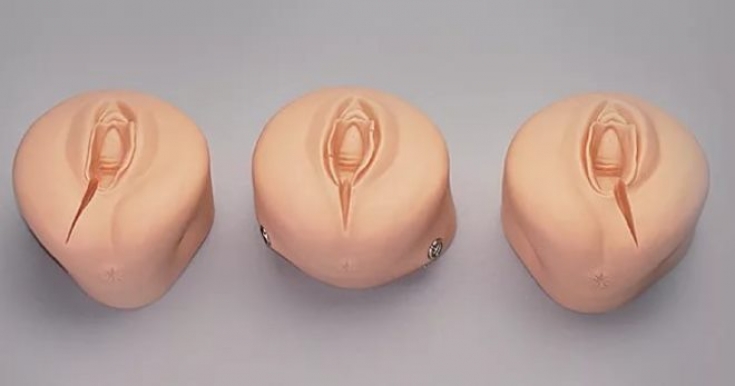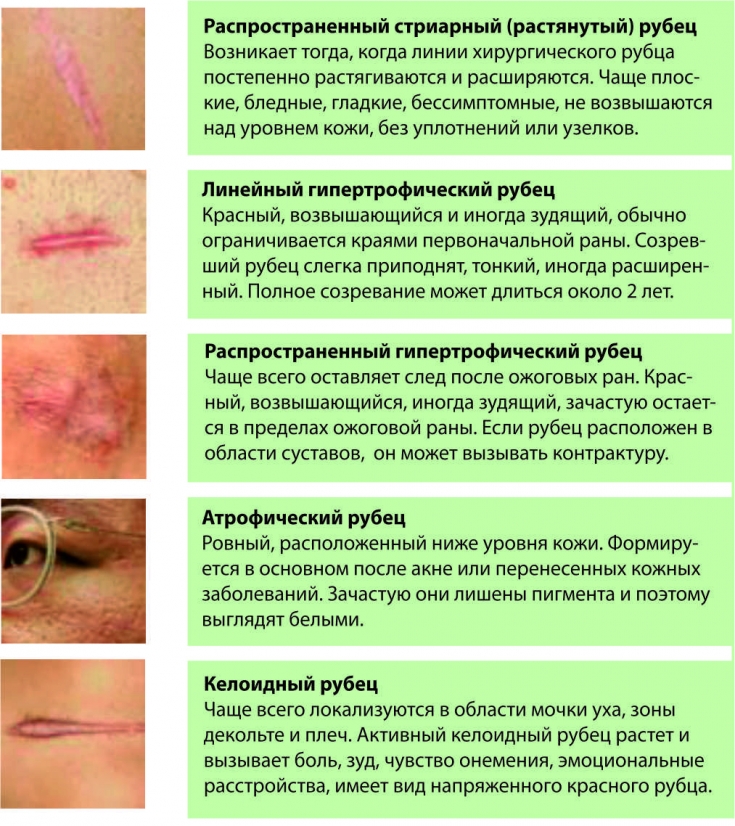Not every gynecologist patient reports pain in the external genitalia or small pelvis during intercourse, so the statistics of dyspareunia is not very objective. But even the available data indicate the high urgency of this problem, which significantly worsens the quality of a woman's sexual life.
One of the most common causes of dyspareunia is scarring after childbirth, when an episiotomy was used and the dissected tissues did not heal well for some reason.
For the correction of postpartum scars, a technique using Hyalual products has been developed and patented. It was presented to readers of estet-portal.com by the author of the technique, obstetrician-gynecologist, trainer of the Institute Hyalual Alexander Movchan.
Why scars occur after childbirth, and what patients complain about
Surgical incision of the perineum and posterior wall of the vagina in a woman during childbirth is performed to avoid arbitrary severe tears, which are then difficult to treat. Typically, episiotomy is practiced during rapid or difficult labor to avoid tearing the muscles of the perineum, anal sphincter, and anus.
Dissection can be median – towards the anus or median-lateral.
Surgical incision is easier to stitch and heal faster, reduces the risk of large blood loss compared to lacerations. But even in this case, it is not always possible to avoid subsequent abnormal scarring of the sutures.
The most critical period for proper healing of postpartum sutures – the first week, when the edges of the wound are connected by fragile granulation tissue. It is extremely important not to allow suppuration of the wound at this time, to avoid physical stress so as not to provoke a divergence of the edges.

Further, on the 10-30th day, collagen and elastin fibers begin to form in the granulation tissue. But they are still immature, so the scar that begins to form is easily stretched, and it is easy to damage it with excessive physical effort.
If the sutures were applied incorrectly, or inflammation occurred, or the patient did not follow the doctor's instructions, or for some other reason collagen synthesis in the area was disturbed, pathological scarring develops.
Pathological scarring of various types:
• hypotrophic – when not enough collagen has formed and the scar falls below the level of the surrounding tissues;
• hypertrophic – when fibroblasts, against the background of unfavorable conditions, provoked excessive collagen synthesis, and its excess did not resolve, the scar looks like a compacted cord above the surface of the surrounding tissues;
• keloid – protrude significantly above the surface, elastic and uneven, constantly growing and causing severe discomfort.
Regardless of the type of scar formed after childbirth, it can cause discomfort and even quite severe pain for a woman during intercourse.
A new guideline for operative vaginal delivery published by the Society of Obstetricians and Gynecologists of Canada indicates that episiotomy dyspareunia occurs in 47% of primiparas and 22% of multiparas and is associated with scar tissue formation at the perineal incision.

Hypotrophic postpartum scars lead to deformation of the vulva and disruption of its barrier function and, as a result, chronic vulvovaginitis, dyspareunia and aesthetic discomfort. Therefore, the correction of such scars – an urgent task for specialists.
What methods can be used to correct scars after childbirth
The nature of the correction of postpartum sutures and the choice of technique largely depends on the type of scar and the degree of its old age, on the location and condition of the surrounding tissues, on a number of individual characteristics of the body and the state of health of the patient, and many other factors.
Mesotherapy and correction with fillers, ozone therapy and laser resurfacing can be used in the treatment, and sometimes surgical excision is indispensable.
On the basis of the Institute Hyalual, a technique for injection correction of postpartum scars was developed and patented, which can be used for their cosmetic therapy and the negative consequences associated with them. The invention is based on the task of creating a method for the treatment of hypotrophic postpartum scars.
Due to the complex effect on the tissues of the perineum, local administration of drugs improves their elasticity due to the activation of blood supply, innervation and reparative properties.
The technique helps to get rid of dyspareunia, improves intimate health and well-being.
A method for the treatment of hypotrophic postpartum scars, including complex treatment, according to the invention:
• first, the treatment is carried out by introducing Hyalual smart 2 ml (preparation based on hyaluronic acid 1.8% and sodium succinate 1.6%) , to a depth of 13 mm along the length of the entire scar, linearly retrograde, with a step of 3 mm;
• after 2 weeks, the injection is repeated with the same drug;
• after 2 weeks, inject Hyalual Boster 1 ml into the scar and 1 ml into the G-spot to improve sexual sensations;
• in parallel, an enzyme preparation with an active agent serratopeptidase – 1 tab. 3 times a day for 1 month.
The rationale for the high efficiency of such injections is the stimulating potential of hyaluronic acid in relation to the synthesis of dermal matrix components.

What makes the Institute Hyalual scar correction technique effective
The effects that hyaluronic acid exhibits when injected into perineal tissues are well studied, proven and described. That is, the process of retaining moisture in the skin is of great importance, and hyaluronic acid plays the main role in it.
The most sensitive and expressive area is around the eyes: methods for its correction?
Hyaluronic acid, due to its hydrophilicity, increases the volume of the scar, reduces tension and, accordingly, pain. And due to its high molecularity (2.5 million Da), the amount of pro-inflammatory factors of cytokines decreases, the skin condition improves and the proliferative activity of fibroblasts is regulated.
High molecularity of hyaluronic acid increases the residence time in the tissues of the drug, prolongs the effect of tissue correction after injection.
Sodium succinate (succinic acid) is one of the substrates of aerobic oxidation for energy production, used in the intercellular space (activation, inactivation of ion channels, regulation of contractile activity and synthetic activity of cells contained in the intercellular space).
Moreover, sodium succinate is a weak acid, exhibits antioxidant properties, participates in targeted correction of scar tissue (an increase in the number of reactive oxygen species (ROS) occurs, since scar tissue at stages I-II of scar reorganization and epithelization has an increased amount of pro-inflammatory cytokines and AFK).
In addition, sodium succinate, due to the formation of chelate complexes with Cu ions, blocks the main enzyme of melanogenesis - tyrosinase, improves skin color, reducing local hyperpigmentation that may appear after childbirth.
Features and capabilities of Alexa hyaluronic acid fillers?
Serratopeptidase is an enzyme derived from the normal human intestinal flora. Producer - bacteria Serratia, in gynecology are used in the treatment of inflammatory processes and for the prevention or treatment of adhesions.
Institute Hyalual Patented Scar Treatment Case Study
Patient, 29 years old, postpartum – 6 months. Complaints about severe pain in the area of hypotrophic scars after classical episiotomy. Treatment protocol performed:
• serratopeptidase – 1 tab. 3 times a day - 1 month;
• injection into the Hyalual smart scar - 2 ml to a depth of 13 mm along the length of the entire scar linearly retrograde in increments of 3 mm (scar length 4 cm);
• after 2 weeks, the injections were repeated with the same drug;
• After 2 weeks, Hyalual Boster was injected 1 ml into the scar and 1 ml into the G-spot to improve sexual sensations.
Result: after the second injection, a noticeable reduction in pain. Three days after the third injection, there was no pain and improvement in sexual sensations.
Thus, complex therapy using drugs according to the patented method from the Institute Hyalual remodulates hypotrophic scars into elastic, painless, normotrophic ones. This eliminates the phenomena of deformation, dyspareunia and aesthetic discomfort in the patient.









Add a comment